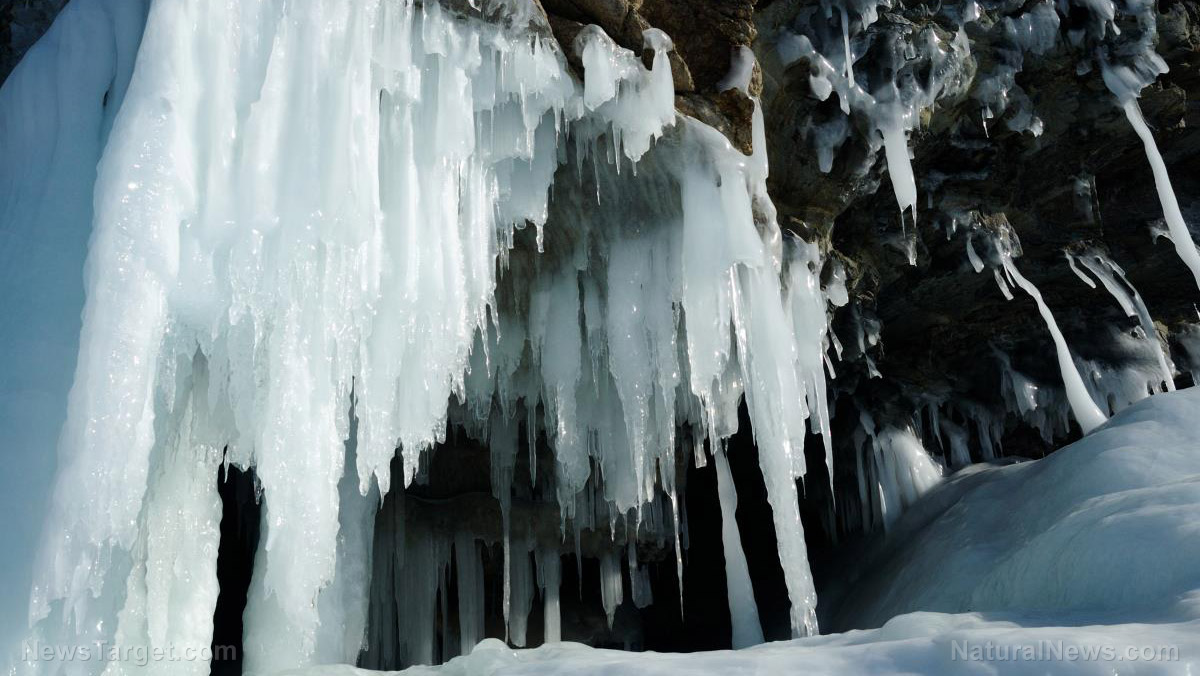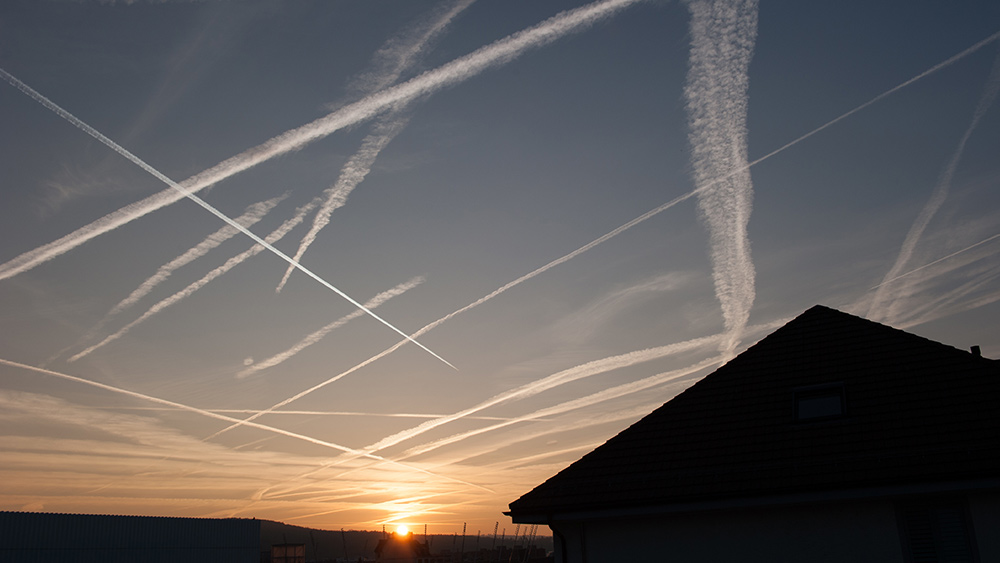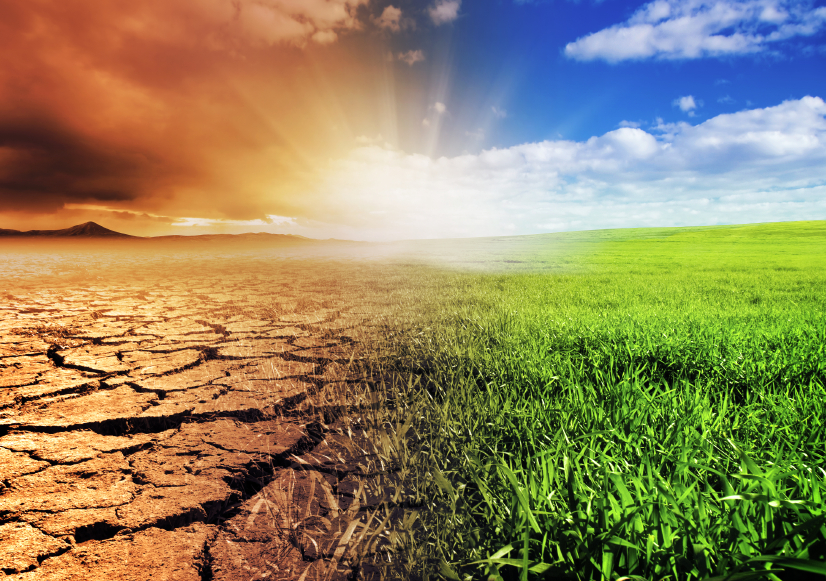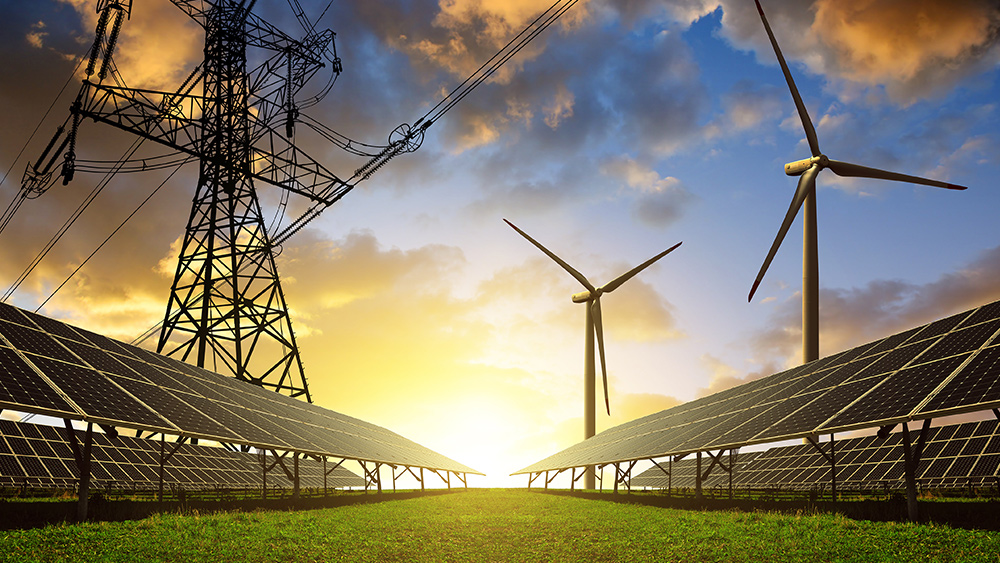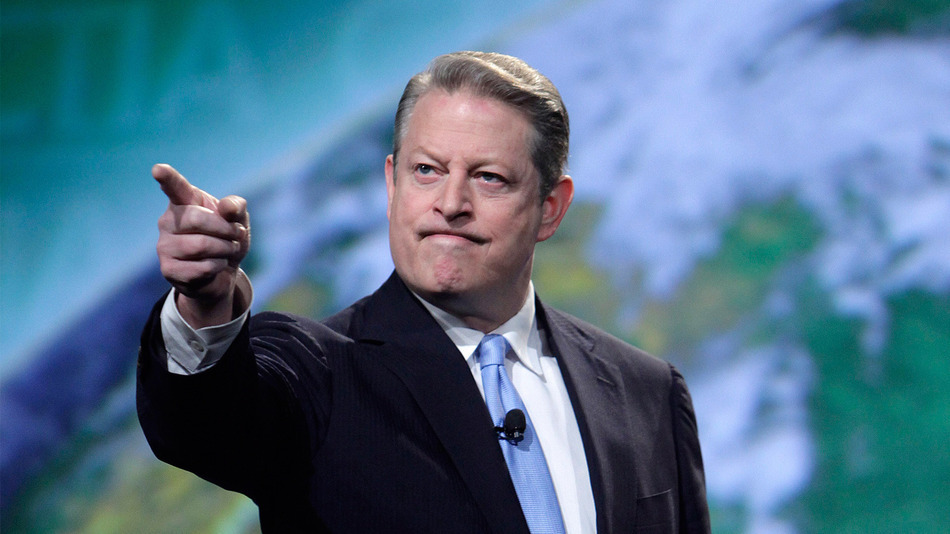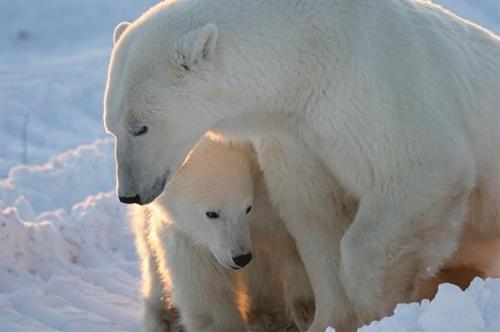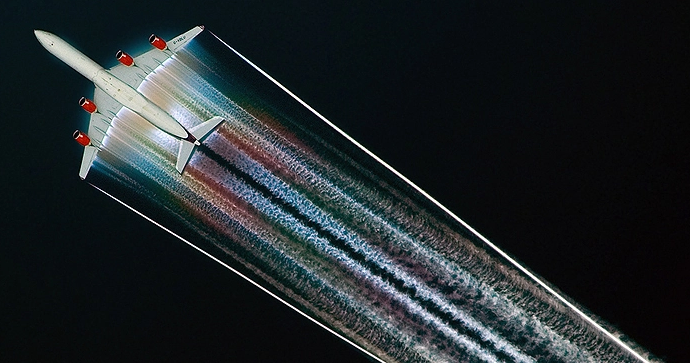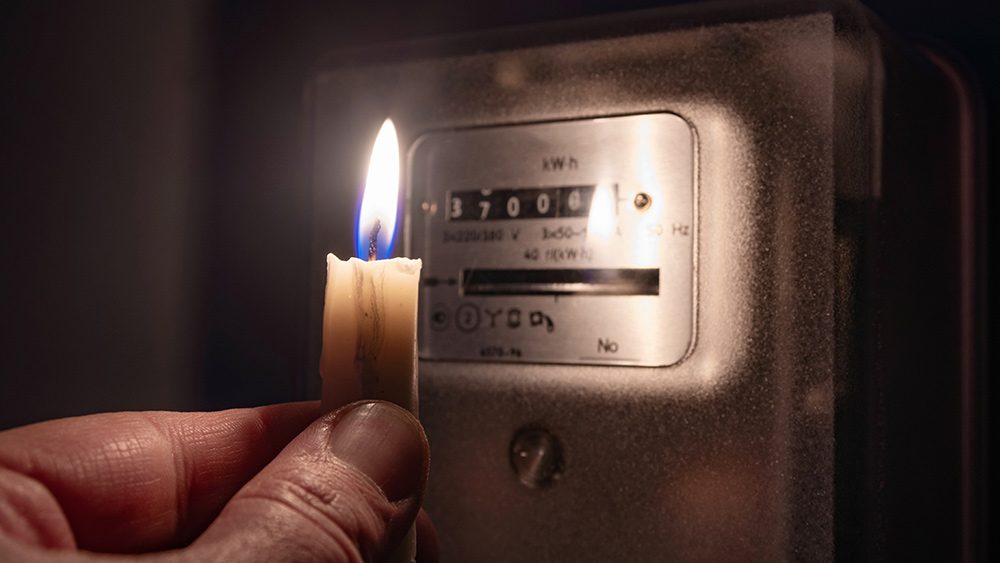Antarctica hasn’t warmed in 70 years despite rising CO2 levels; climate scientists baffled
02/01/2023 / By Ethan Huff

Carbon dioxide (CO2) levels are rising all around the world, which we are told is a driving cause of “global warming.” If that is the case, though, then why has the Antarctic region recorded no substantial temperature increases over the past 70 years?
Not only that, in 2021 Antarctica saw its coldest six-month winter since record-keeping first began in the 1950s. How can this be if there is now so much CO2 flooding the atmosphere that the whole world is on fire with “boiling oceans,” as Al Gore called them at this year’s annual meeting of the World Economic Forum (WEF)?
The answer, of course, is that CO2 levels have absolutely nothing to do with average temperatures. It is a myth, in other words, that greenhouse gases are causing the climate to change. (Related: Antarctica’s glaciers also aren’t shrinking like climate fanatics claim.)
“The lack of warming over a significant portion of the Earth undermines the unproven hypothesis that the carbon dioxide humans add to the atmosphere is the main determinant of global climate,” writes Chris Morrison for LifeSiteNews.
“Under ‘settled’ science requirements, the significant debate over the inconvenient Antarctica data is of necessity being conducted well away from prying eyes in the mainstream media.”
The South Pole was colder in 2021 than it has ever been since records first started being kept
None of this is stopping The Guardian, as one example, from publishing climate tripe about how “unimaginable amounts of water will flow into oceans” from the Antarctic region if people continue to drive cars and eat meat.
Activist-in-chief Justin Rowlatt from the BBC is peddling much the same tripe after he flew over parts of the Antarctic region and decided that he was seeing “an epic vision of shattered ice.” Rowlatt actually commented that he believes Antarctica is the “frontline of climate change.”
If that is the case, then Rowlatt actually debunked his own thesis because Antarctica is colder than it has been in a while and the ice there is intact just like normal. If the Antarctic region is really the “frontline of climate change,” then climate change is a hoax.
“In 2021, the South Pole had its coldest six-month winter since records began in 1957, a fact largely ignored in the mainstream,” Morrison explains, noting that Reuters attempted to debunk this with a “fact check” claiming that a “six-month period is not long enough to validate a climate trend.”
Perhaps Reuters wants to also “fact check” a paper from two climate scientists (Singh and Polvani) who also determined that Antarctica has not warmed for at least the past seven decades, despite a noteworthy increase in atmospheric CO2 and other greenhouse gas levels – it is almost as if greenhouse gases have no effect on the climate.
In fact, the rise in greenhouse gases correlates with a rise in Antarctic sea ice area, which they found has “modestly expanded” over the past several decades. Singh and Polvani were forced to conclude that warming has been “nearly non-existent” across the South Pole, despite constant fearmongering from the climate fanatics.
“NASA estimates current Antarctica ice loss at 147 gigatons a year, but with 26,500,000 gigatons still to go, this works out at annual loss of 0.0005 percent,” Morrison further explains. “At current NASA ice loss melt, it will all be gone in about 200,000 years, although the Earth may well have gone through another ice age, or two, before then.”
“Much of climate science today seems to suffer from confirmation bias. Few grants are available to those who don’t start with the premise that the climate is changing mostly, or entirely, due to humans burning fossil fuel. But many present, historic, and paleo climate observations fail to establish a clear connection between temperatures and CO2 levels.”
More climate-related news can be found at Climate.news.
Sources for this article include:
Submit a correction >>
Tagged Under:
Antarctica, carbon dioxide, Censored Science, Climate, climate change, climate science, CO2, Ecology, environment, global warming, hoax, mainstream media, news cartels, propaganda, real investigations, science deception, suppressed, truth
This article may contain statements that reflect the opinion of the author
RECENT NEWS & ARTICLES
COPYRIGHT © 2017 CLIMATE SCIENCE NEWS

